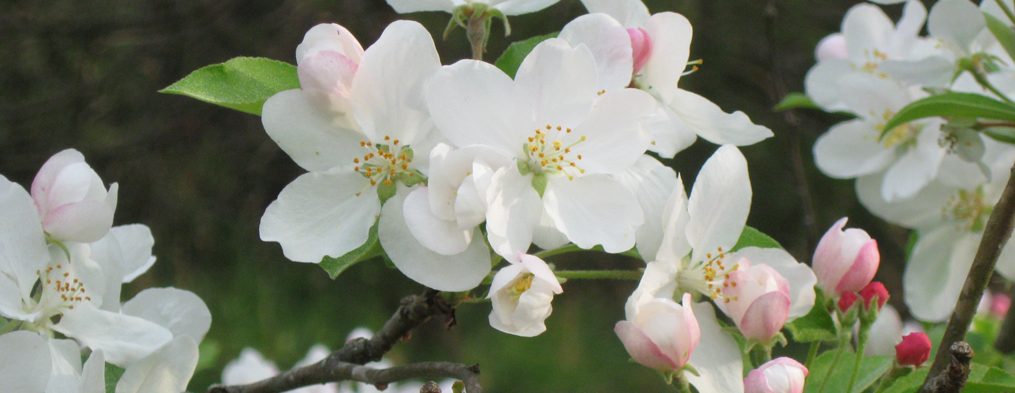Most of us know the story of Inanna’s descent into the Underworld to visit with her sister Erishkigal. The reason for her visit is that Erishkigal’s husband has died and Inanna was a childhood friend of his and she will visit to pay her respects. As she travels to meet her sister, Inanna must pass through seven gates at which she is asked to remove and part with aspects of herself so that when she approaches Erishkigal she is basically “laid bare.”
Upon arrival, her sister, who is angry because she believes that her husband loved Inanna, hangs Inanna from a meat hook to die.
While Inanna was in the Underworld, Ninshubur waited three days for Her to return, and when she did not, because she thought all was lost, Ninshubur began to mourn for her. She visited the temple of Enki who agreed to help her. Enki knows the nature of the underworld and its rule by a jealous, anguished Erishkigal. As a god he has the power to create and facilitate. From the dirt under his fingernails, he creates the kurgarra and galatur, instinctual, asexual creatures endowed with the artistic and empathic talent of being professional mourners, capable of mirroring the lonely queen’s emotions. These little asexual creatures represent the attitude necessary to draw a blessing from the dark goddess. They were commanded to go to the Underworld where they found Erishkigal in the throes of agony and reeling from the misery she has caused. When she moans, they moan with her, appeasing her anguish by the echo of their concern, affirming her in her suffering. Enki has understood that complaining is one voice of the dark goddess, a way of expressing life, valid and deep in the feminine soul.
When she observes their sympathy she will offer them a gift. They are to ask only for the corpse of Inanna and, having received it, are to resurrect her with the bread and water of life. They perform the task of bringing Inanna back to life, reviving Her with the gift of the bread and water of life. But as they prepare to leave they are stopped by Anunna who tells them she may not leave unless someone comes in her place. Inanna agrees to find someone and is allowed to leave.
She returns to Demuzi, her new husband, only to find him enjoying himself, drinking, feasting and making music while she was suffering. She was so enraged that she decides Dumuzi should be the one to take her place in the Underworld. She directs the Anunna to seize him, which they do. Dumuzi desperately pleads with Inanna to relent, but she turns her back on him. He then appeals to Utu, but he too forsakes him. Dumuzi is carried away.
Inanna’s descent into the Underworld is the Sumerian mythology to explain the Dark Times and the seeming absence of the Goddess. It is at Imbolc (the beginning of Spring – our Ground Hog Day) that Inanna is given the bread and water of life. This is the promise of returning life, the first stirring of the Bright Goddess’s return to us. She has not yet returned to her Temple, nor has she chosen Demuzi to be Her replacement. She is alive – and returning. It will be at the coming Spring Equinox that Demuzi will be taken to the Underworld.
Hail Inanna! Blessed Be the Gift of the Bread and Waters of Life!
Retrieved at Inanna, An Opera of Ancient Sumer http://www.craton.net/inanna/main.php?action=synopsis
Retrieved at Library of Halexandria http://www.halexandria.org/dward385.htm
Perera, Sylvia Brinton, Descent to the Goddess, Inner City Books, Toronto, Canada 1981
